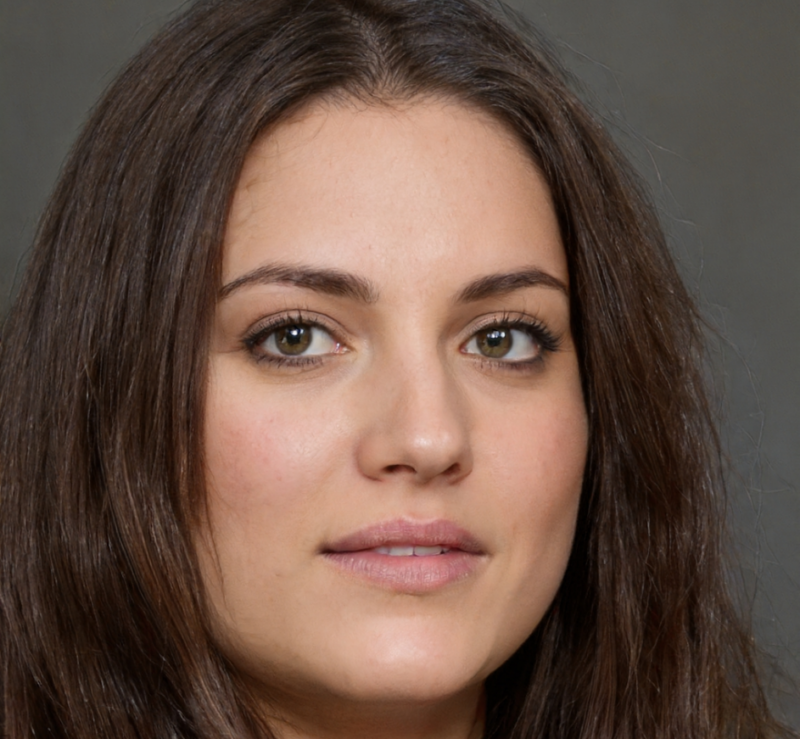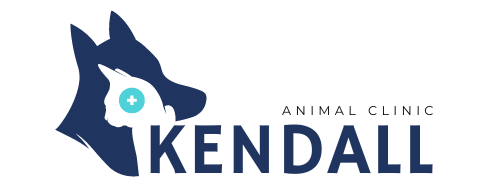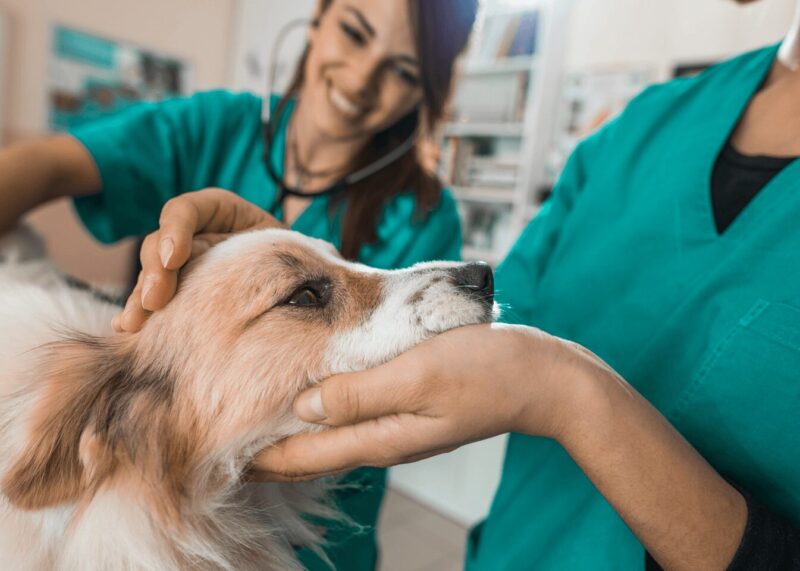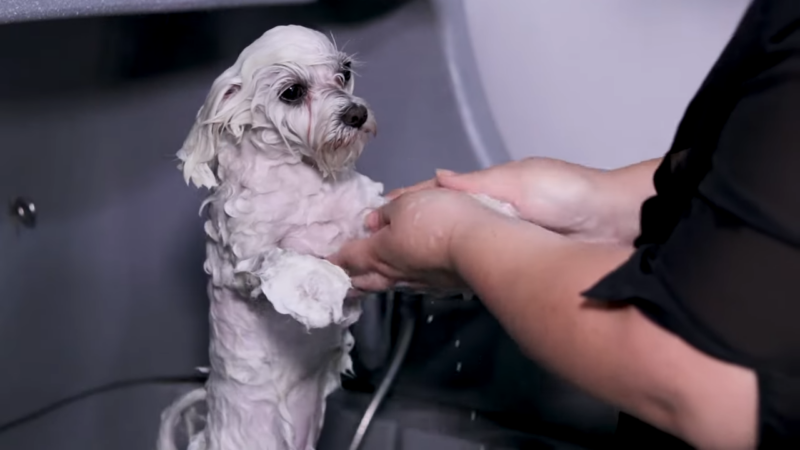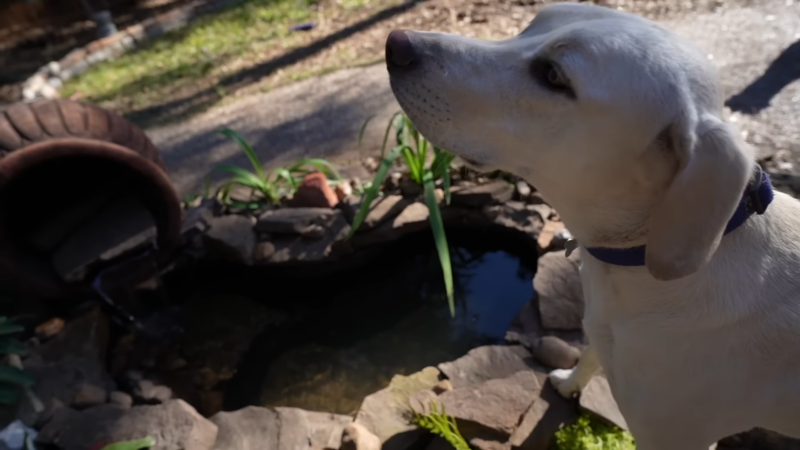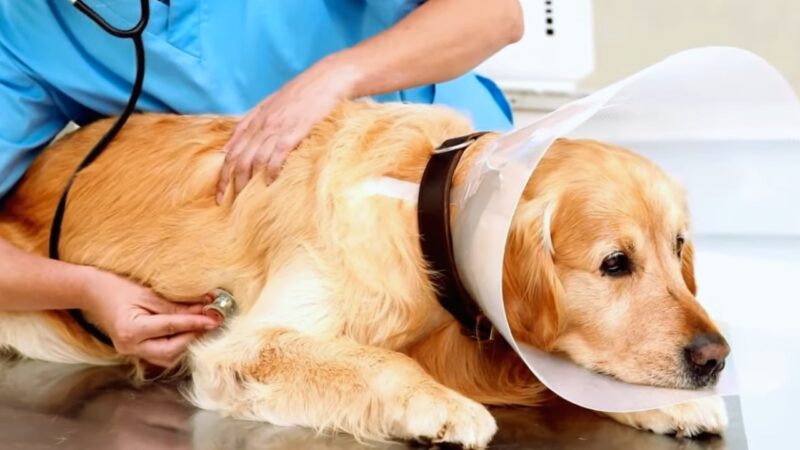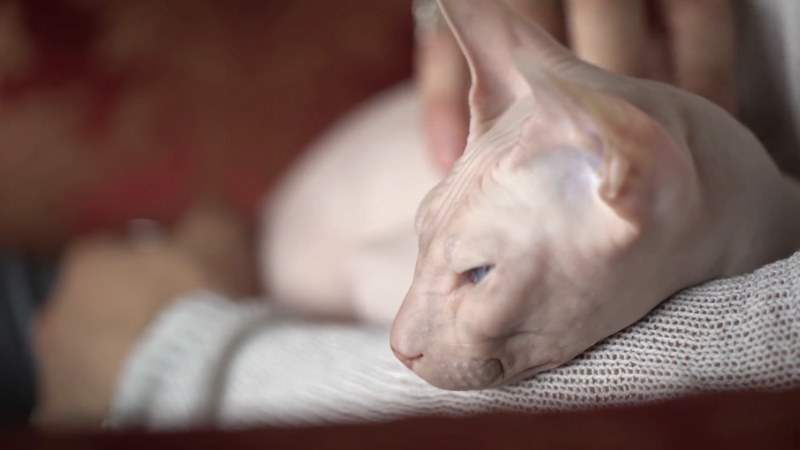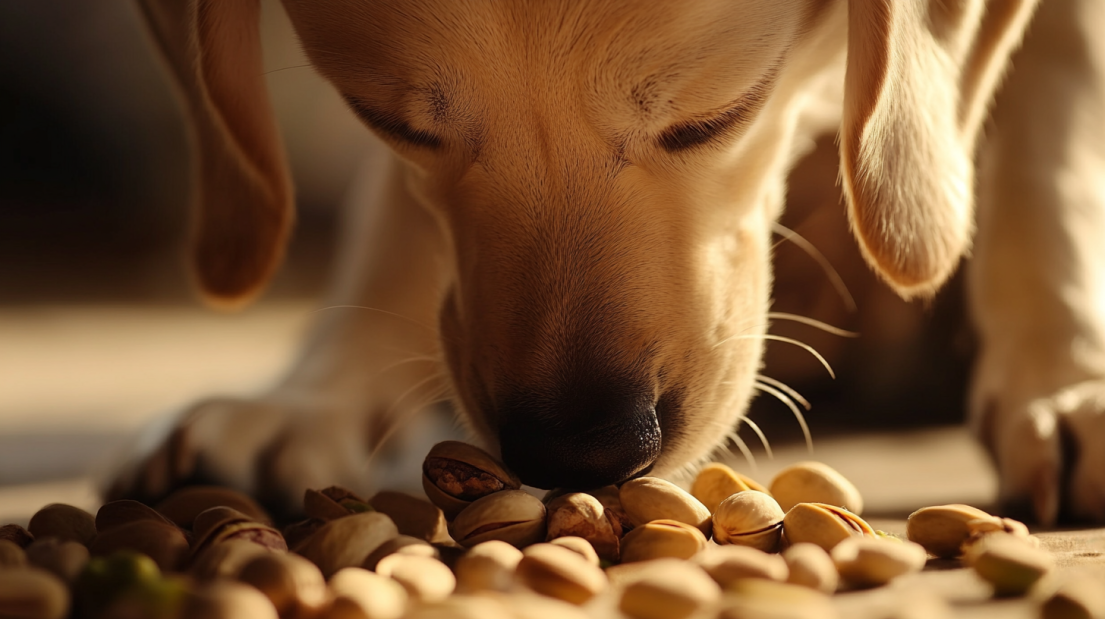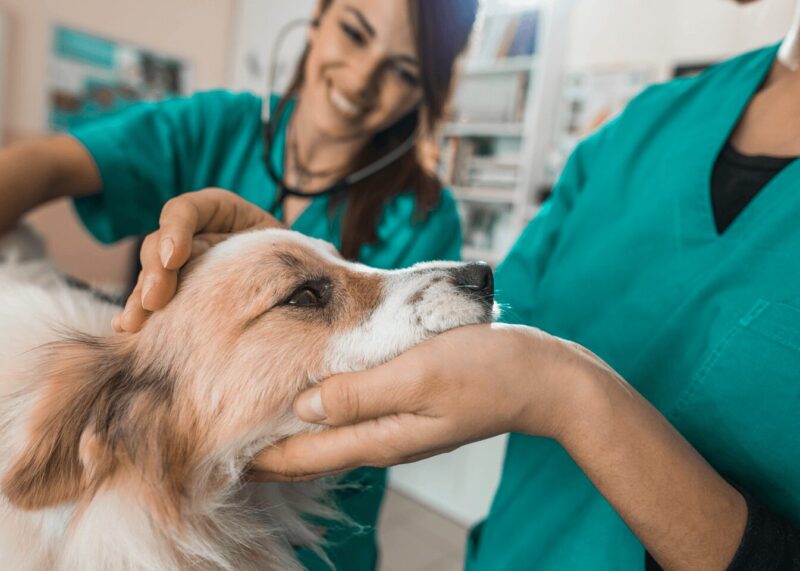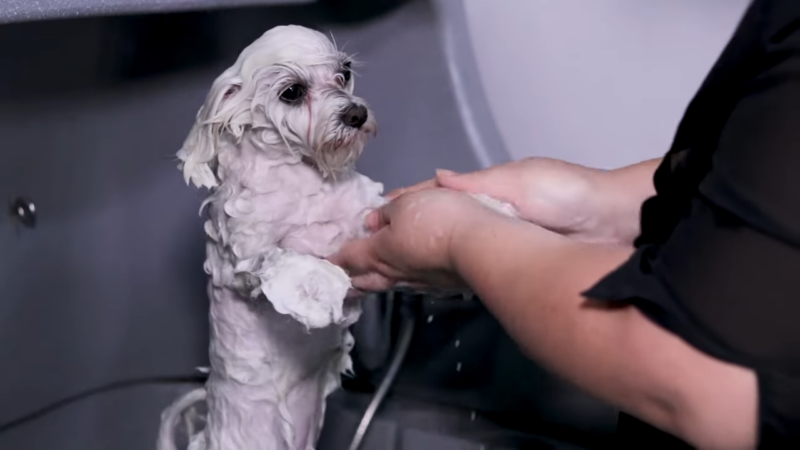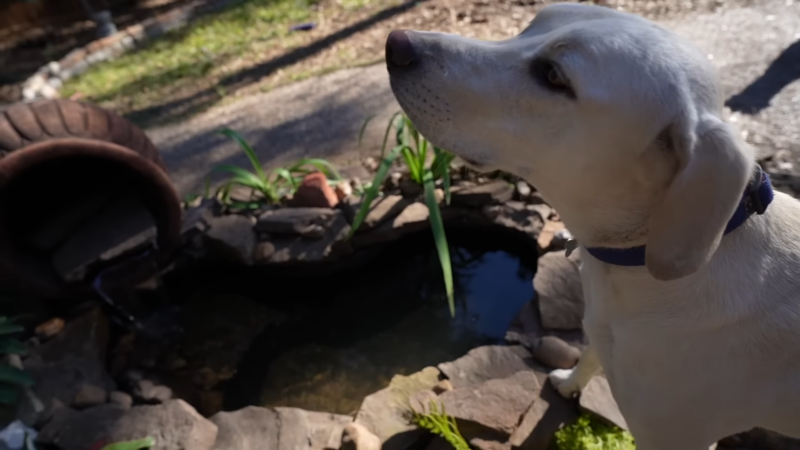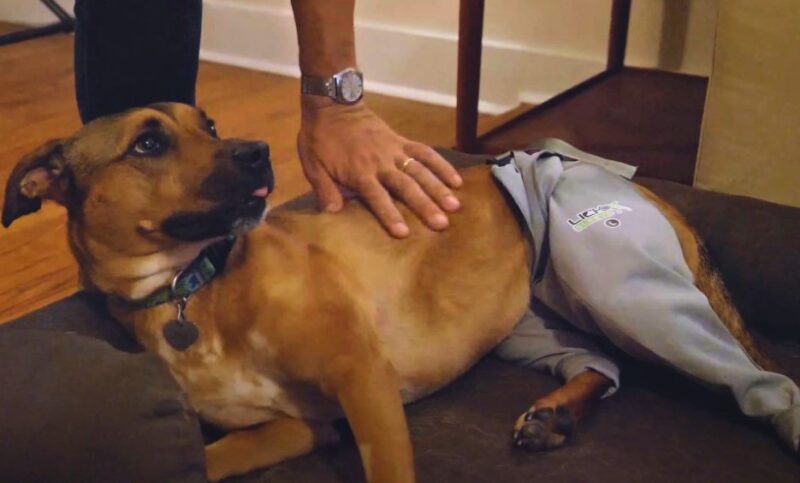
-
 Jane Harmon
Jane Harmon
- Published:
- Updated: September 2, 2024
- Category: Dog Specific Care
Share Post:
If your dog has just undergone Cranial Cruciate Ligament (CCL) surgery, you’re probably feeling a mix of concern and relief. While the surgery is a significant step towards your dog’s recovery, the journey isn’t over yet.
The first eight weeks after surgery are vital for your dog’s healing process, and understanding what to expect and how to care for your pet can make a big difference.
Let’s walk through this period together, week by week, with practical tips and insights to help your dog on the road to recovery.
Week 1: Initial Recovery Phase
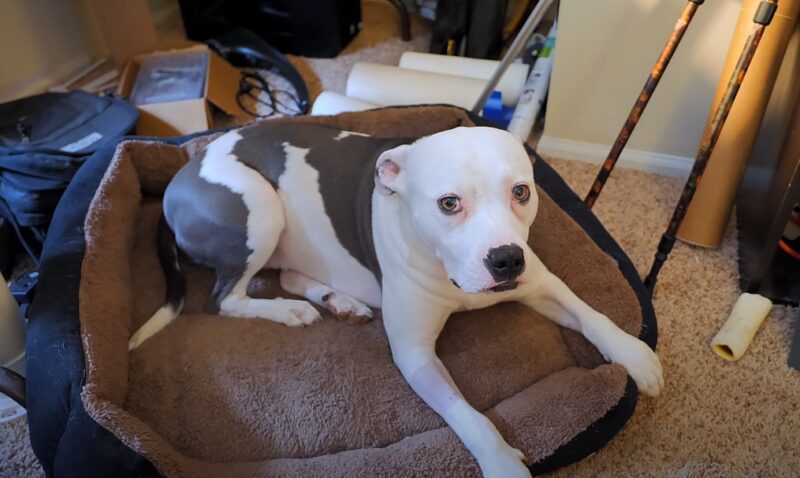
The first week post-surgery is all about giving your dog the comfort and care they need to start healing. The effects of anesthesia can leave your pup feeling groggy and disoriented, so it’s important to provide a calm and quiet environment.
Pain Management and Rest
Your vet will likely prescribe pain medications to keep your dog comfortable during this crucial time. These may include NSAIDs or even opioids, depending on your dog’s needs
This study found that Cimicoxib (an NSAID) and tramadol (an opioid) provided adequate analgesic effects up to 30 days after surgery in dogs undergoing TPLO surgery, which is commonly performed for CCL injuries.
It’s important to stick to the prescribed dosage and monitor your dog closely for any side effects like vomiting, diarrhea, or unusual lethargy. Activity should be strictly limited during this time.
Your dog should be confined to a small, safe space or a crate, with only short leash walks (5-10 minutes) allowed for bathroom breaks. Any running, jumping, or sudden movements could jeopardize the surgical repair, so keeping your dog calm is key.
Caring for the Incision
Monitoring the incision site is critical during the first week. Keep an eye out for any signs of redness, swelling, or discharge, as these could indicate an infection.
The incision should remain clean and dry. To prevent your dog from licking or biting at the wound, an Elizabethan collar (the infamous “cone of shame”) or a softer alternative should be used.
Diet and Hydration
After surgery, your dog might not have much of an appetite, which is completely normal in this case. Offer small, bland meals and ensure your dog is drinking water. If your dog refuses to eat or drink, or if they start vomiting, it’s best to consult your veterinarian for advice.
Weeks 2-3: Early Healing Phase

As you move into the second and third weeks, your dog will start to feel a bit better, but rest and restricted activity remain crucial.
Continuing with Restricted Activity
Leash walks can be gradually extended to 10-15 minutes, but it’s still important to keep your dog’s movements controlled and calm.
Avoid any surfaces where slipping could occur, as this might put unnecessary strain on the healing knee. If your home has stairs, they should be avoided or only used under close supervision.
Physical Therapy and Incision Healing
Your veterinarian might suggest starting some basic physical therapy exercises. These exercises can help improve muscle strength and joint flexibility.
According to Catherine M. McGowan, PhD, early intensive physiotherapy after a TPLO (Tibial Plateau Leveling Osteotomy) for CCL deficiency in dogs results in improved outcomes.
Simple activities, such as gently flexing and extending the leg, may be introduced, but only under professional guidance. By the end of the third week, the incision should be healing well, and it might be time to have stitches or staples removed.
Keep monitoring the area for any signs of delayed healing or infection.
Medication Adjustments
During this phase, your veterinarian may adjust the pain medications. Pain should be decreasing, and some medications might be reduced or stopped. It’s important to follow your vet’s instructions closely during this period.
Weeks 4-5: Intermediate Healing Phase
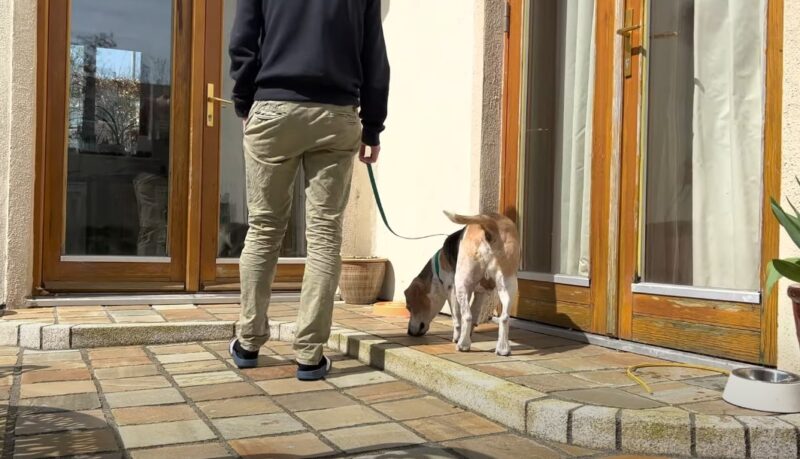
As your dog continues to heal, you can slowly start increasing activity levels while still being cautious.
Gradual Increase in Activity
You can start extending leash walks to 15-20 minutes a few times a day. The focus should be on slow, controlled walking.
This helps rebuild strength in your dog’s leg without putting too much stress on the knee joint. Stick to flat, stable surfaces and avoid any uneven terrain.
Introducing Gentle Exercises
Your vet or a canine rehabilitation therapist might suggest more structured exercises at this point. These could include sit-to-stand exercises, which work like squats to improve muscle tone, or straight-line walking to encourage proper limb use.
Swimming, if approved by your vet, can also be a great, low-impact exercise.
Training to Prevent Reinjury
Proper training and control during the recovery period after CCL surgery are crucial to reducing the risk of re-injury. Training your dog to remain calm and follow commands can significantly help manage their activity levels, ensuring a smoother and safer recovery process. Here are some key strategies to consider:
Leash Training and Controlled Walking
After CCL surgery, keeping your dog on a leash during all outings, even in your yard is important. Leash training can help prevent sudden movements, such as running or jumping, that could put stress on the healing knee. Focus on teaching your dog to walk slowly and calmly at your side. Use short, controlled walks to reinforce this behavior, gradually increasing the distance as recommended by your veterinarian.
Teaching Basic Commands
Basic commands such as “sit,” “stay,” “heel,” and “down” are essential during the recovery period. These commands can help keep your dog stationary when necessary and prevent them from engaging in activities that could lead to re-injury. For instance, teaching your dog to “stay” when other dogs or distractions are around can help avoid unnecessary excitement and sudden movements.
Positive Reinforcement
Use positive reinforcement techniques to encourage calm behavior. Reward your dog with treats, praise, or gentle petting when they follow commands and remain calm. Consistent positive reinforcement helps build good habits and ensures your dog understands what is expected of them during their recovery.
Avoiding High-Impact Activities
During the recovery period, it’s important to avoid activities that could strain the knee, such as running, jumping, or rough play. Training your dog to avoid these behaviors can be crucial. Redirect their energy into low-impact activities, like mental stimulation games or gentle training exercises that don’t involve a lot of movement.
Consulting with Professionals
Consider working with a professional dog trainer or canine rehabilitation specialist, especially if your dog has a lot of energy or is prone to being reactive. These professionals can provide tailored advice and exercises that align with your dog’s specific needs and recovery plan, helping to prevent reinjury and promote healing.
By incorporating these training strategies into your dog’s post-operative care routine, you can significantly reduce the risk of reinjury and support a successful recovery. Remember, patience and consistency are key – every dog recovers at their own pace, and maintaining control during this period will help ensure the best possible outcome.
Considering Hydrotherapy
Hydrotherapy is another excellent option during this phase. It allows your dog to exercise in water, which reduces the weight-bearing load on the injured leg. This helps in building muscle strength while minimizing the risk of re-injury. Always ensure hydrotherapy is done under professional supervision.
According to Sairéad Wild’s study, hydrotherapy is a beneficial and cost-effective rehabilitation tool for dogs recovering from CCL surgery.
Continued Monitoring
Keep a close eye on your dog for any signs of discomfort or abnormal behavior. If your dog begins to limp more or shows signs of pain, it’s important to reduce activity and consult your veterinarian. Adjustments to the rehabilitation plan might be necessary based on your dog’s progress.
Weeks 6-8: Advanced Healing Phase
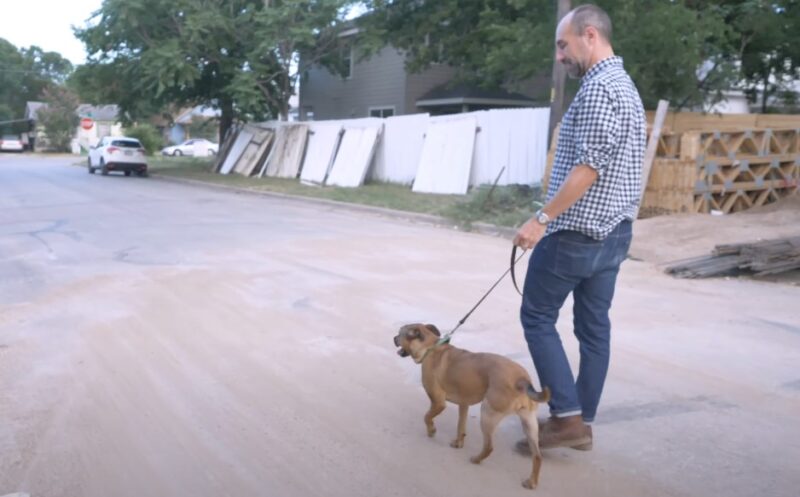
At this stage, your dog’s recovery is well underway, and you can begin to reintroduce some normal activities—slowly and carefully.
Increasing Activity and Introducing Controlled Freedom
Leash walks can be extended to 20-30 minutes. In some cases, short, controlled off-leash periods in a secure, small area may be introduced under supervision.
This allows your dog to move a bit more freely while you monitor for any signs of distress or discomfort.
Advanced Rehabilitation Exercises
Your veterinarian or rehabilitation therapist may recommend more advanced exercises to help improve coordination, balance, and strength.
These might include balance work on a wobble board or controlled agility exercises. It’s important to perform these exercises carefully to avoid any setbacks in the healing process.
Re-evaluation by the Veterinarian
Around the 8-week mark, a follow-up visit with your veterinarian is crucial. Your vet will assess the healing of the knee and overall progress.
This might include X-rays or other imaging to ensure that everything is healing as expected. Based on this evaluation, the vet will provide further recommendations for your dog’s care.
Transitioning Back to Normal Life
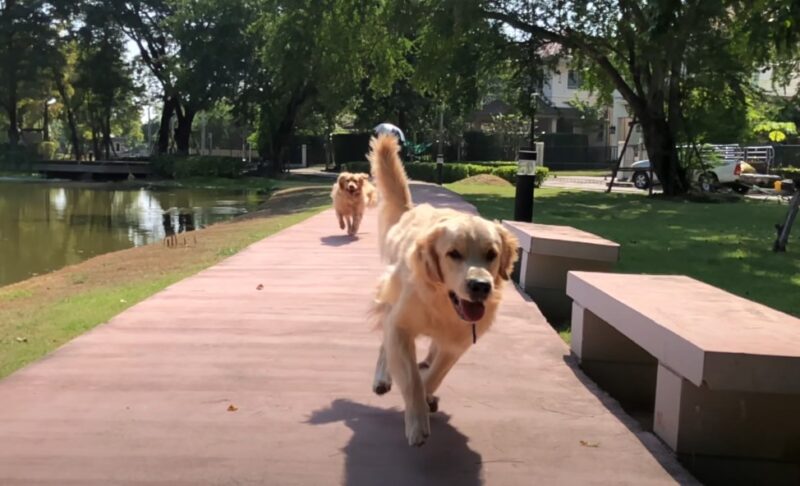
If your dog has shown significant improvement and the surgical site has healed well, you can slowly start transitioning back to a more normal routine.
However, keep in mind that full recovery and a return to unrestricted activity can take up to six months. Even after eight weeks, it’s important to maintain a balanced approach to exercise and continue monitoring your dog’s progress.
Common Challenges and How to Address Them

1. Reluctance to Use the Leg
It’s not uncommon for dogs to be hesitant about using the affected leg, even several weeks after surgery. This can be due to lingering pain, stiffness, or fear of re-injury.
Encourage your dog to use the leg by continuing with controlled walks and exercises, but avoid forcing them, as this could cause stress.
2. Managing Weight
During recovery, keeping your dog at a healthy weight is crucial. Extra weight places unnecessary strain on the healing knee.
If your dog is overweight, consider a weight management plan that includes a balanced diet and appropriate portions. Be mindful of calorie intake, especially with the reduced activity level.
3. Behavioral Changes
Recovery can be a stressful time for your dog, and they might show signs of increased anxiety or irritability. Confinement and reduced activity can be challenging, but providing mental stimulation through interactive toys and puzzle feeders can help.
Spending quality time with your dog can also reduce stress. In more severe cases, your vet might recommend anti-anxiety medications.
4. Preventing Re-Injury
One of the biggest risks during the first eight weeks is re-injury. Dogs often feel better as they heal and may try to return to their normal activity levels too soon.
This is why controlled activity and close supervision are essential. Preventing sudden bursts of activity will help ensure a smooth recovery.
5. Staying in Touch with Your Veterinarian
Regular communication with your vet throughout the recovery process is key. Any concerns, no matter how small, should be discussed promptly. Early intervention can prevent complications and help keep the recovery on track.
Final Thoughts
The first eight weeks after CCL surgery in dogs are all about providing the right balance of rest, controlled activity, and attentive care. By following your veterinarian’s guidelines and staying in tune with your dog’s needs, you’ll be giving them the best chance at a full and speedy recovery.
Patience and consistency are your best friends during this period, and with time, your dog will be back to their normal, happy self.
Related Posts:
